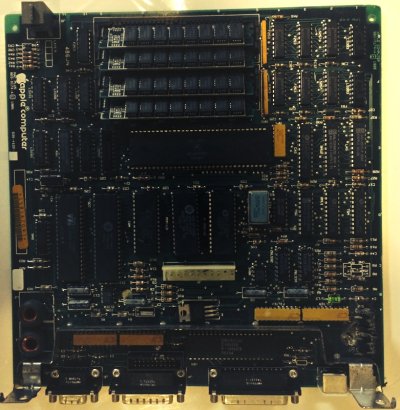travelover
Give me a museum and I'll fill it. (Picasso) Give me a forum ...
- Joined
- Mar 31, 2007
- Messages
- 14,328
Update
I got my resistor today - delivered FedEx to MI from NJ. No way did they make a profit on that sale.I found something interesting recently, re Radio Shack components. I needed a 25 watt resistor and found that Radio Shack on-line had it for $1.21, but with $6.99 shipping.
Thinking that I might order one from China cheaper, I copied and pasted the description into eBay. Up comes one from Radio Shack - $1.21 with FREE shipping.
Probably packaged by the same guy, at the same facility in either case.

